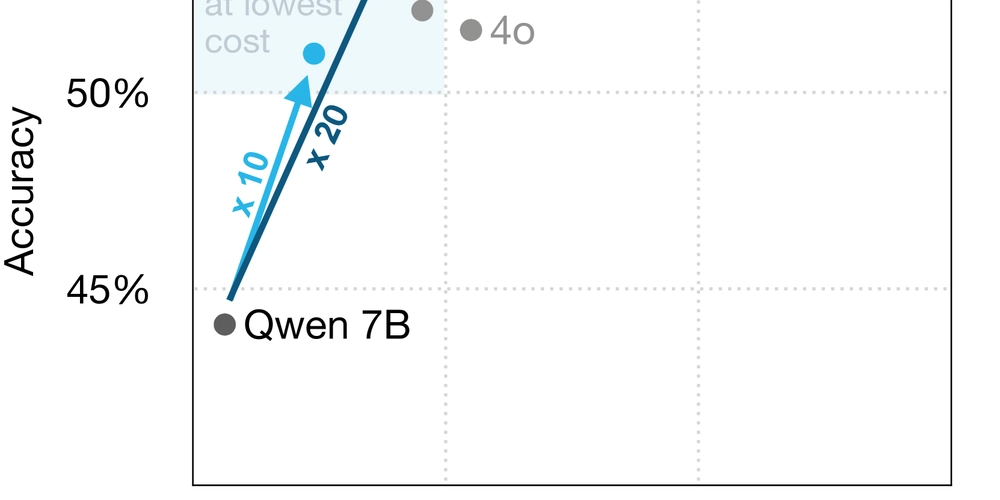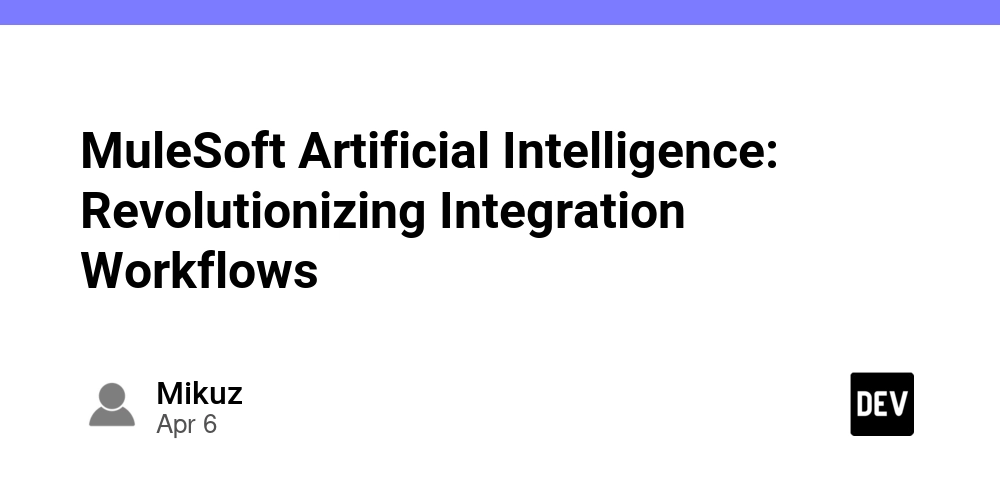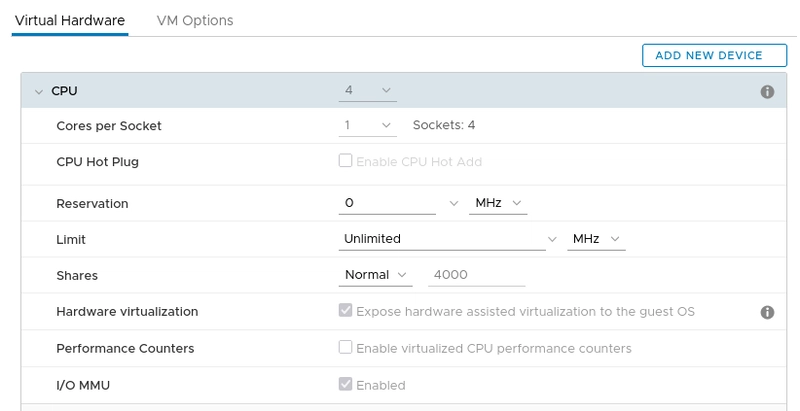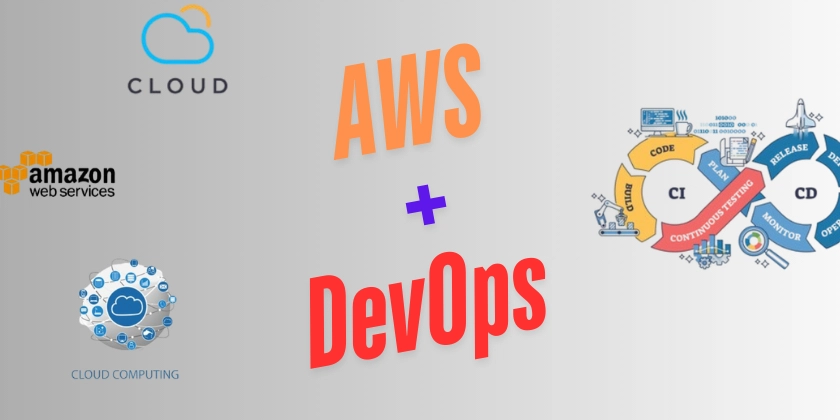SQL Query Generation Gets 10.6% More Accurate with New Execution-Guided Approach
This is a Plain English Papers summary of a research paper called SQL Query Generation Gets 10.6% More Accurate with New Execution-Guided Approach. If you like these kinds of analysis, you should join AImodels.fyi or follow us on Twitter. Overview SQL generation for natural language queries remains challenging New execution-guided approach helps models learn from query feedback Uses generated query execution results to refine SQL output Introduces minimum Bayes risk (MBR) decoding for SQL Improves accuracy on Spider benchmark by up to 10.6% Provides valuable feedback to models on SQL correctness Compatible with both closed and open-source LLMs Plain English Explanation Imagine trying to teach someone a language by only showing them the final result of what they're trying to say. That's essentially how most text-to-SQL generation models learn - they need to figure out the r... Click here to read the full summary of this paper

This is a Plain English Papers summary of a research paper called SQL Query Generation Gets 10.6% More Accurate with New Execution-Guided Approach. If you like these kinds of analysis, you should join AImodels.fyi or follow us on Twitter.
Overview
- SQL generation for natural language queries remains challenging
- New execution-guided approach helps models learn from query feedback
- Uses generated query execution results to refine SQL output
- Introduces minimum Bayes risk (MBR) decoding for SQL
- Improves accuracy on Spider benchmark by up to 10.6%
- Provides valuable feedback to models on SQL correctness
- Compatible with both closed and open-source LLMs
Plain English Explanation
Imagine trying to teach someone a language by only showing them the final result of what they're trying to say. That's essentially how most text-to-SQL generation models learn - they need to figure out the r...









































































































































































![[The AI Show Episode 142]: ChatGPT’s New Image Generator, Studio Ghibli Craze and Backlash, Gemini 2.5, OpenAI Academy, 4o Updates, Vibe Marketing & xAI Acquires X](https://www.marketingaiinstitute.com/hubfs/ep%20142%20cover.png)



























































































































![[DEALS] The Premium Learn to Code Certification Bundle (97% off) & Other Deals Up To 98% Off – Offers End Soon!](https://www.javacodegeeks.com/wp-content/uploads/2012/12/jcg-logo.jpg)


![From drop-out to software architect with Jason Lengstorf [Podcast #167]](https://cdn.hashnode.com/res/hashnode/image/upload/v1743796461357/f3d19cd7-e6f5-4d7c-8bfc-eb974bc8da68.png?#)






































































































.png?#)




.jpg?#)
































_Christophe_Coat_Alamy.jpg?#)
 (1).webp?#)









































































































![Rapidus in Talks With Apple as It Accelerates Toward 2nm Chip Production [Report]](https://www.iclarified.com/images/news/96937/96937/96937-640.jpg)






































































































































